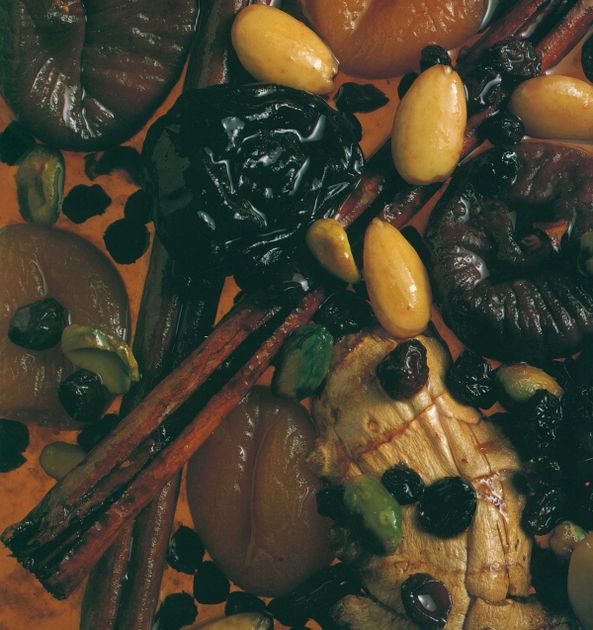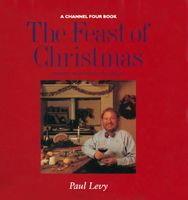Advertisement
The sweet conclusion
Appears in
By Paul Levy
Published 1992

It is only yesterday, as it were, since the traditional ending to the Christmas feast has become a flaming plum pudding, decorated with a sprig of holly, and containing a silver coin and other charms hidden within its hemispherical shape. From Tudor and Stuart times, right down to the Edwardian era, the Christmas pudding was only one among many of the sweet conclusions to the great spread. Nowadays, instead of having a table laden with flavoured creams, fruit jellies and light, frothy puddings, we have a single plum pudding (which, though it has a good deal of dried fruit, may contain no plums at all), served with hard sauce or brandy butter. If Christmas dinner is served at lunchtime, in Britain at least, this is likely to be followed, at all too short an interval, by mince pies served at tea-time, accompanied by Christmas cake, an all-too-rich fruitcake encased in a layer of marzipan under a shell of rock-hard royal icing adorned with a sprig of holly.

